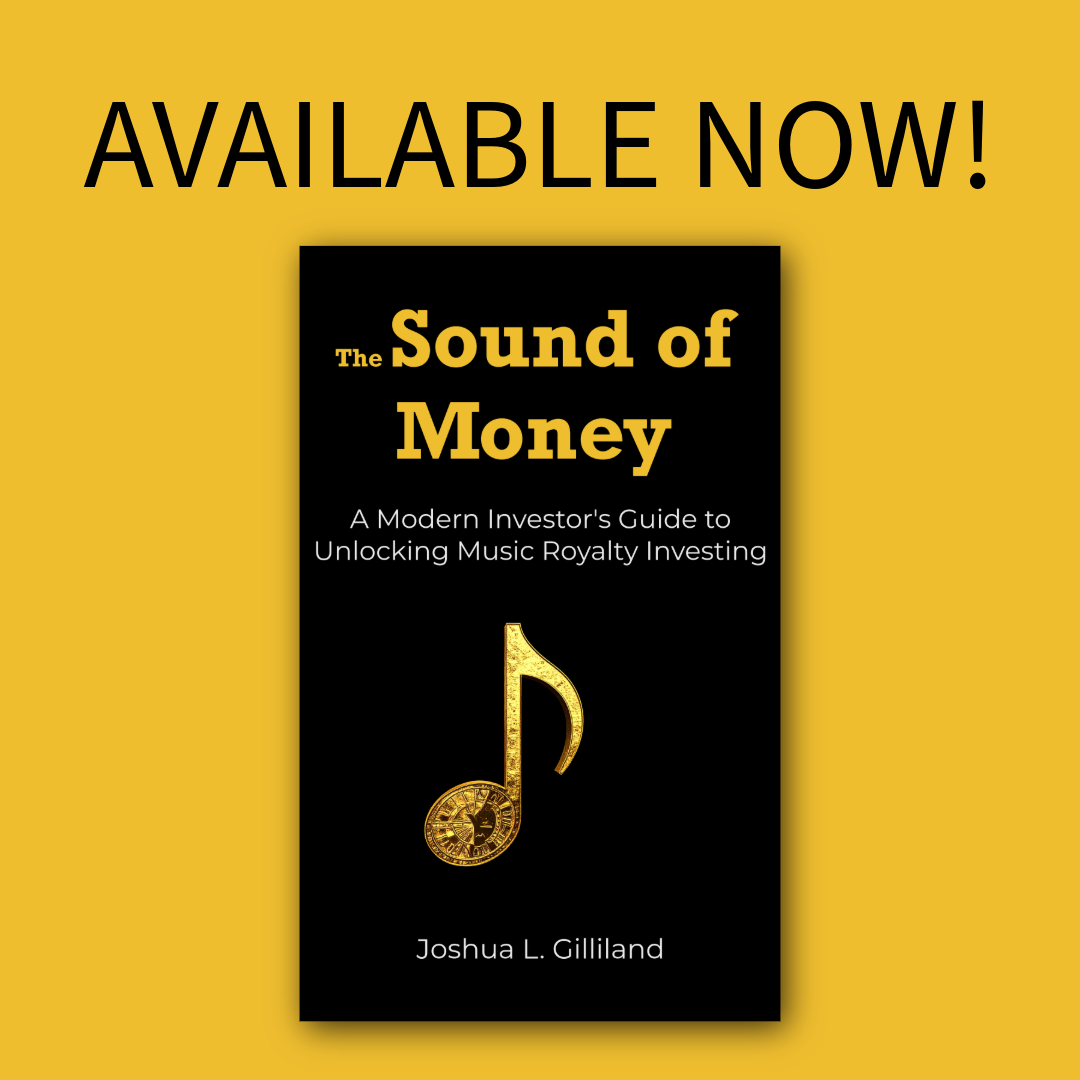Your Biggest Enemy in Investing Might Be... You
So, you've learned about music royalties. You understand the copyrights, how the money flows, and where to find potential deals. You've even started analyzing catalogs, looking at Dollar Age and decay curves. You're ready to invest intelligently, right?
Maybe. But there's one crucial factor many investors ignore, often to their detriment: their own psychology.
In my book, The Sound of Money, I dedicate an entire chapter to what I call "Taming the Kitty Cat". It's that part of our brain, driven by emotion and impulse, that can sabotage even the most well-researched investment plan. It's the voice that whispers:
"Everyone else is bidding on this hot catalog, it must be great!" (Herd Mentality)
"I love this artist, so their royalties must be a good investment." (Familiarity Bias)
"This data point supports my belief that this song is undervalued, I'll ignore the contradictory data." (Confirmation Bias)
"I'm down on this investment, but I can't sell now. I need to wait for it to come back up." (Loss Aversion)
Sound familiar? These cognitive biases affect nearly all investors. They are the psychological traps that lead us to overpay, hold onto losers too long, or chase speculative bets based on hope rather than data.
The Temptation is Real
It's easy to get caught up in the excitement. You see a catalog featuring a globally famous artist, maybe someone whose music defined an era. Familiarity Bias kicks in – you know them, so the asset must be valuable. Then you see dozens of bids pouring in. Herd Mentality takes over – if everyone else wants it, it must be a great deal. Before you know it, you're clicking "bid," driven more by the dopamine rush of the auction than by a rational analysis of the data.
This isn't just theoretical. Many investors fall prey to chasing big names or getting swept up in bidding wars, only to realize later they've drastically overpaid for a decaying asset. Luck might save you sometimes, but relying on luck isn't an investment strategy.
Building Your Guardrails 🚧
My own experiences with these temptations taught me a crucial lesson: the biggest threat to my portfolio wasn't a market crash, but my own impulsive brain. To protect my serious, long-term investments, I had to build psychological "guardrails".
Here are a few strategies discussed in the book:
Create a Written Investment Mandate: Define your rules before you invest (e.g., minimum Dollar Age, maximum multiple). When emotions run high, this document is your rational anchor.
Implement a "Cooling-Off" Period: Found a deal you love? Force yourself to wait 24 hours before bidding. This lets the initial dopamine rush fade so you can re-evaluate calmly.
Use a "Fun Money" Account: Set aside a small, separate account for speculative plays. This gives your "kitty cat" a harmless outlet, protecting your core portfolio.
Find an Accountability Partner: Share your investment mandate with a trusted friend or fellow investor. Simply knowing you have to explain an impulsive decision can be a powerful deterrent.
Mastering your mindset is just as important as mastering the numbers. Recognizing your own biases and building systems to counteract them is the hallmark of a truly disciplined and successful long-term investor.
Want to dive deeper into investor psychology and learn more practical strategies? Chapter 14 of The Sound of Money: A Modern Investor's Guide to Unlocking Music Royalty Investing covers this in detail. Order your copy today on Amazon.
And don't forget to subscribe to the JG Sound of Money Podcast for weekly insights into the world of music royalty investing.

